 |
|
We've got a new voice.
The Climate Achievement Network = T-CAN
Educate with climate facts, and invite action everywhere.
|
A TV/Radio/Online Network to galvanize action?
|
Let's bring the entire world together to create a global paradigm shift.
|
|
|
|
|
| 1 |
|
|
|
Welcome to T-CAN...
The Climate Achievement Network
Scientists, engineers, the media and academia are doing their part.
Now, let's bring on board millions of ordinary citizens.
Educate as you entertain; ask each one to take part in the cure.
|
Create a virtual space for millions of people to come together to learn, to discuss, to debate, to challenge the norms—and to act. You and like-minded people worldwide could transform the conversation. You could move legislatures to legislate, and polluters to yield the field.
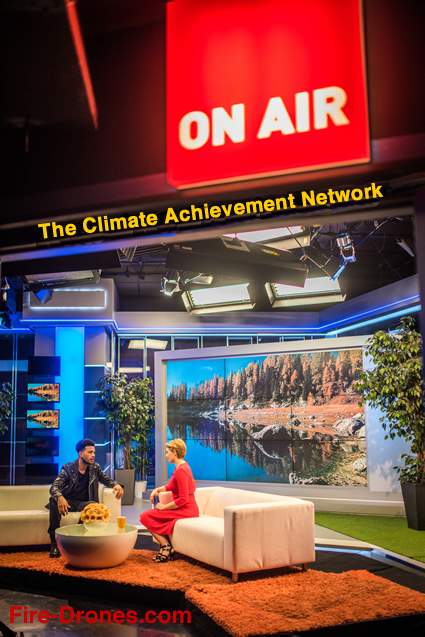
ON AIR - The Climate Achievement Network
What if a TV / Radio / Online Network was launched whose purpose was to galvanize climate activism, truthfully relate the science, support Climate Emergency candidates and initiatives, and educate global audiences?
What if T-CAN was also entertaining, and provided a visible, tangible home for the enterprise? What if it included comedy, drama, debates, movies, and book reviews — all more or less relevant to the Climate Emergency?
What if T-CAN featured engaging messaging, known personalities, authors, scientists, engineers, teachers, professors—and classrooms by day, variety shows at night?

Photo by Vanilla Bear Films on Unsplash
What if the network produced Climate Emergency spots and aired them on all major networks? A grain of truth would be heard, and an invitation to drop by T-CAN to join a lively presentation would be tendered.
What if T-CAN was supported and energized by creative people, universities, producers, climate scientists, activists, politicians, movers and shakers, dreamers and futurists, and artists and musicians — as well as a world-wide audience of viewers in every nation?
What if T-CAN urged the whole world to renounce its incessant conversation about Global Warming, and instead started a new conversation that focused only on the rapid launch of potent heat-reduction solutions?
|

What if a diet of timely information told the story of the Climate Emergency and the remedies for Climate Change in clear and brief presentations? What if it educated the public about the science and about current or planned remediation efforts? What if it spelled out real solutions and a call to action?
What a great place for a car manufacturer to market their latest sleek, affordable, fun and fully electric or Hydrogen CNV automobile!

Could we invite millions to support the Trillion Trees Initiative with their voice, vote and pocketbook?
Picture live feeds of trees being planted everywhere, with a beloved reporter conversing with planting teams in the field.
1T • UNITED STATES CONGRESS
Could we turn the tide on indifference?
Could we actually inform the public as to what is happening, and what it will take to counter the Climate Emergency tidal wave?
In Psychology, the "Diffusion of Responsibility Principle" is exemplified by you coming upon the scene of an accident. If there are many others passing by, you are likely to leave it for them to provide aid. If it's just you, then you're likely to stop and lend a helping hand.
We all feel that the scientists, engineers, politicians and well known climate activists will shift the balance, and turn the tide. The little known secret is—while they must certainly be involved—it is only the public that can demand the type of broad spectrum response from governments and corporations that will make a difference, and in a timely fashion.
It's long past the time that the Climate Emergency is viewed as a left or right issue.
If you care about the future, it's your issue.
If there's only one thing to burn into your consciousness, it is that a global point-of-no-return is nearing...
NOT in decades...
but within just a few years from today.
Let's raise awareness, invite participation, and promote doing the right thing for our world.

Let's make T-CAN a reality, and therby create a groundswell of activism among the public.
Let's channel that energy into caring, commitment and timely results for everyone's benefit. This initiative could powerfully alter the entire vector of the Climate Emergency. |
|
|
|
421 ppm = 421 Parts Per Million |
The current global average concentration of
Carbon Dioxide (CO2) in the atmosphere is
421 ppm (0.04%) as of July, 2024.
This is an increase of over 50% since the start of the Industrial Revolution, and is up from the 280 ppm during the 10,000 years prior to the mid-18th century.
The difference between 280 ppm
and 421 ppm
is truly enormous... even though they are
tiny amounts of CO2 when compared with the
enormity of our global atmosphere.
The increase is due to human activity...
and nothing else. The more Carbon Dioxide we launch into the sky, the more Methane is released in the vast Northern Tundra, as the Carbon Dioxide continues to warm our global atmosphere everywhere.
That Northern area is warming four times faster
than any other ground level locale on our planet.
What we pollute with CO2 throughout our globe is what is fueling the monster of
Methane now forming... and being released as you read this, way up in the Northern Tundra. CO2 released in New York, or Paris, or Beijing, or Tokyo, or Buenos Aires, or any city or nation, doesn't just affect the local release. That CO2 in fact invites Methane to do its thing. When you speak with someone about climate, describe to them this dynamic:
CO2 release also and always invites atmospheric Methane release... and it is always in quantities that are almost incomprehensible for us to grasp. Discussing this with your
friends will assist them in understanding how important reversing course is.
|
|
|

How Startup Molten Industries
Turns
Methane Into Graphite
and Clean Hydrogen
|
According to the International Energy Agency (IEA), global energy-related CO2 emissions reached a record high of 37.4 billion tonnes (Gt) in 2023, with the “heavy industry,” encompassing sectors like cement, steel, chemicals, and fertilizer production, significantly contributing to these record high emissions.
Startup Molten Industries is developing a technology with the potential to address this challenge. Their process utilizes a high-temperature methane cracking process powered by renewable electricity to create clean hydrogen and graphite, two essential materials for various industrial processes.
This approach could significantly reduce the carbon footprint of the heavy industry sectors compared to traditional production methods which often rely on high-emission processes.
Click here to read the full story: https://impakter.com/how-startup-molten-industries-turns-methane-into-graphite-and-clean-hydrogen |
| |
| IS IT POSSIBLE THAT THIS BOLD TECHNOLOGY MIGHT BE DEPLOYED IN THE NORTH POLAR REGIONS... AND IN ENOUGH NUMBERS... THAT THE FIERCE FUTURE OF EVER GREATER AMOUNTS OF POLAR METHANE RELEASE MIGHT BE MANAGED SUFFICIENTLY IN ORDER TO PROTECT OUR PLANET... AND ITS OTHERWISE DRAMATICALLY UNCERTAIN FUTURE? |
_______________________________________________ |
|
|
|
|
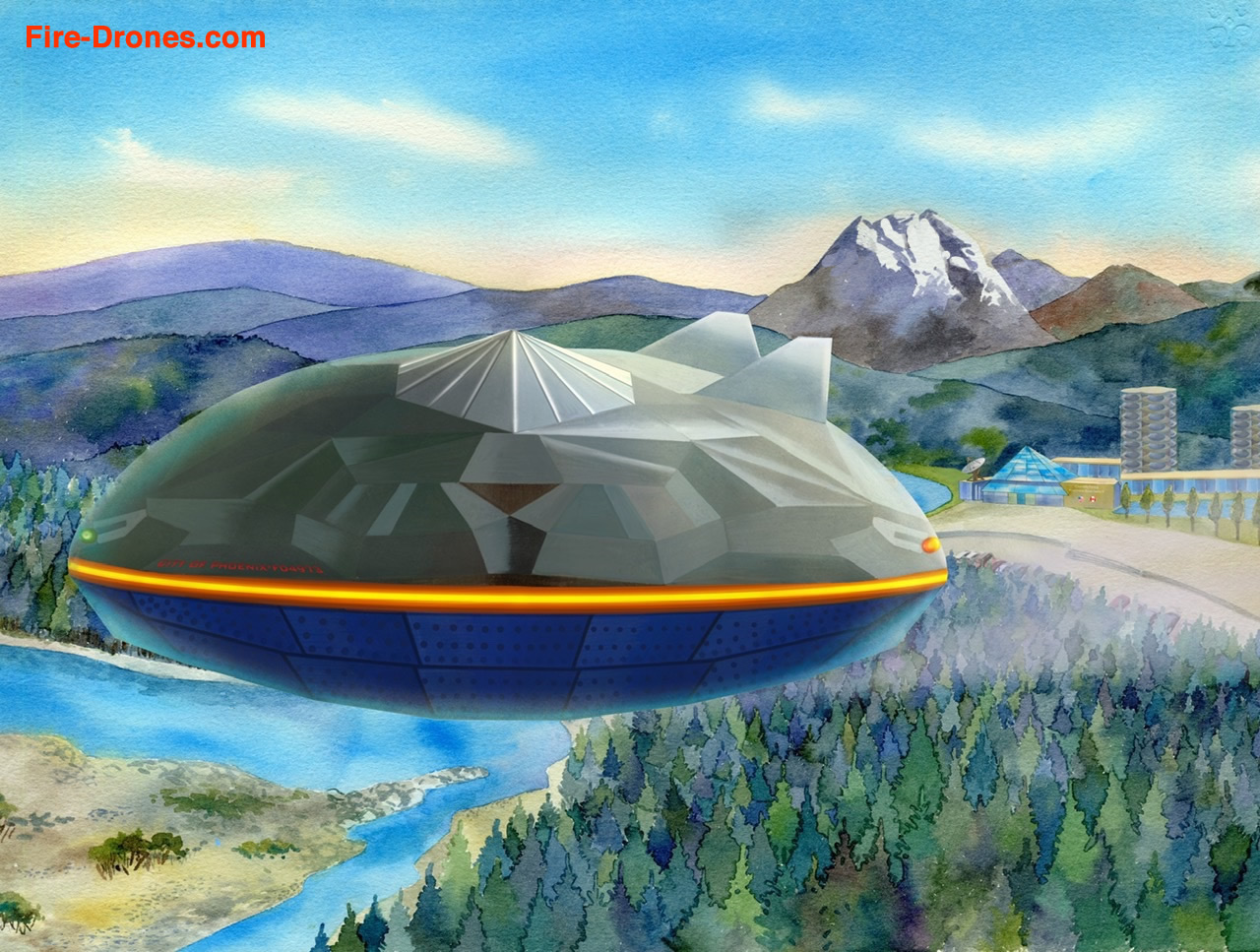
Do we really need a new
system to control wildfires?
A global MegaScale Fire Drone navy will end unwanted wildfires everywhere.
|
Spend to save the planet you live on.
Scale up to meet all climate emergency challenges. |
|
|
|
Ask government to get involved with all of its resources on the table.
Guide governments everywhere to fully educate the public regarding the existential challenge we actually face... today. |
| |
|
|
| 1 |
 Photo by Levan Badzgaradze on Unsplash • It's not just the fire we need to pay attention to...
Photo by Levan Badzgaradze on Unsplash • It's not just the fire we need to pay attention to...
it's also the CO2 being launched into the sky that will do us grave harm for decades to come.
|
|
What will this cost?
|

If we don't stop the world's forests and tundra from burning, the sheer amount of their newly introduced CO2 and Methane may push our planet past the tipping point.
We may not be able to stop that event if we wait too long to act. The timeline in which this event may occur is in this decade or the next.
It is a catastrophe from which we may not recover. There is no cost that is too high for us to bear in order to check this dynamic... before it is just too late!
GOVERNMENT MUST TAKE CHARGE...
It will take a World War II mobilization mentality, and if Fire Drones can prove themselves in a testing environment,
we just might be able to reverse
this coming catastrophe — along with
many other bold methods and
large scale remediation technologies
to do the same.

The next time you see a news video
of a forest being consumed by flames, appreciate the damage being done on the ground of course, but just as importantly, consider the gargantuan volumes of CO2-weaponized smoke being injected into our skies.
That Carbon Dioxide will stay in the sky for hundreds of years if not removed, and there it will do its malevolent work of making our planet hotter and drier with each passing day.
|
|
Current wildfire fighting methods are costly — and become more ineffective with every passing year. Due to a warming climate, fires occur over a longer season, and ravage more area—by far—than ever before.
A global Fire Drone platform will be costly.
Two benefits will justify the mission.
ONE - "Stop a fire while it's still small."
Fire Drones will put out a forest, prairie or tundra fire fast, anywhere in the world they may occur, and just as importantly, they will never allow any wildfire to get out of control.
TWO - "Plant forests the world over."
By preventing forests from burning, we will greenlight the planting of vast new forests.
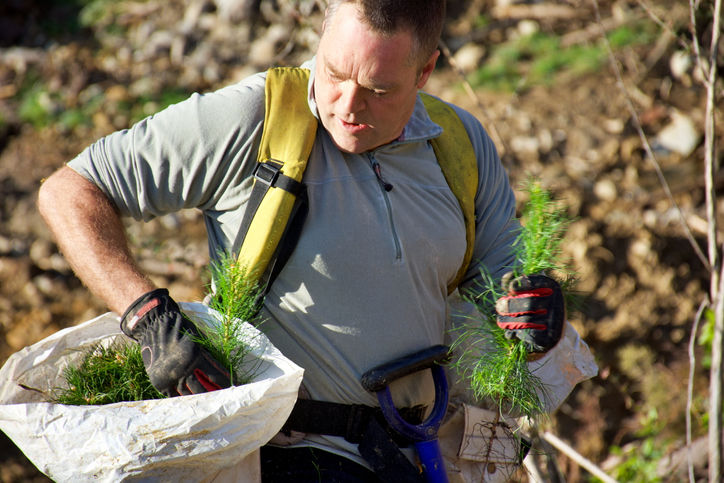
The fact is that we are unable to do that now, as forests are unnaturally burning due to insufficient protection from a continually warming and wildfire-conducive atmosphere.
There are many organizations working on and promoting global reforestation. With a Fire Drone safety net in place, those plans and efforts become more viable.
MegaScale Fire Drones will permit unlimited new forest planting and growth, which will remove billions of tons more CO2 every year from the atmosphere than the current global forest range is capable of removing.
A vast expansion of our planet's protected forested areas will be among the top tier solutions reversing
Climate Change. SCIENCE NEWS
A one-two punch that nips CO2 release in the bud by quelling nascent forest fires—and offers protection for new forest ranges—can significantly reduce CO2 pollution.
As more MegaScale Fire Drones are introduced and new forests planted,
the rate of CO2 removal will accelerate
with every passing year.
Along with other large-scale sequestration methods, a time may come in the near
future when average global temperatures reverse course and start to come down. |
|
|
United States • 48 contiguous states 30-year temperature
averages
compared with 20th-century average
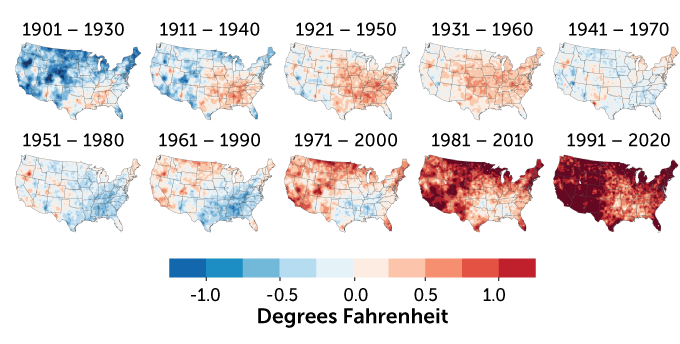
"The average temperatures for 30-year “normal” periods for the contiguous United States show the country getting hotter since 1901. Here, each 30-year period is compared with the average temperature for the entire 20th century. From 1991 to 2020, average temperatures across most of the country were at least 0.6 degrees Celsius (1 degree Fahrenheit) higher than the 20th century average." SCIENCE NEWS
|
|
|
Building out an effective Fire Drone fleet will be expensive.
|
Benefits of quashing wildfires and lowering the CO2 load may be worth it.
Comprehensive production of MegaScale Fire Drones and Base Stations around the world will cost hundreds of billions of dollars.
Once that money is spent and the system built out, ongoing costs for repair and replacement, personnel, bases, insurance and operations will demand healthy sums to keep the fleet flying.
It sounds expensive until you... |
|
|
|
...consider the cost if we don't build dynamic solutions.
Climate Scorching creates more
severe droughts through a vicious cycle.
"Greenhouse gas emissions trap heat, causing air temperatures to increase. The hot air absorbs more moisture, resulting in less rain. Hotter air also increases evaporation from lakes and rivers, reducing water sources. Without rainfall, the plants that
retain
moisture in the soil die.
The bare earth creates even drier conditions. When it does rain, water just runs off without absorbing into the water table.
Dead vegetation, warmer air, and decreased rainfall also increase the frequency and severity of wildfires." THE BALANCE
.jpg)
What part will firefighters play in
the brave new world of Fire Drones?
It can be our societal intention to support all those who fight the fire today to continue to perform their traditional role.
There are approximately 1,100,000 career and volunteer firefighters in the US. They respond to millions of fires of all types and descriptions a year. Fire fighters of all stripes respond to millions of medical emergencies every year.
Many skills will be needed to insure a continuing smooth and successful mission:
to preserve and protect our forests,
prairie, tundra and communities.
Tens of thousands of selfless professionals will also be the first invited to transition to support and management roles on Fire Drone bases.
Ground based personnel will still engage in the reduction of forest fire fuel by thinning forests and removing underbrush as well as responding to millions of small and locally accessible forest fires yearly.
Those efforts alone—currently severely understaffed—will provide meaningful employment to counterbalance any negative effects due to the introduction of Fire Drones.
SCIENTIFIC AMERICAN

The number of wildfires in the US alone averages between 50 to 80 thousand each year. Most are small, and are managed by current technology. The big ones, however, are now in a class by themselves, and cannot be quelled with yesterday's methods alone.
CONGRESSIONAL RESEARCH SERVICE
Fire Drones will handle the small fires that computer projections indicate will likely spread before ground crews could effectively quash the nascent blaze.
Our wildfire-fighting expenditure and methodology currently produce only marginal results quelling large and out-of-control blazes, when compared to the Fire Drone goal of stopping a fire within two hours of its birth.
With every passing year of our globe warming, return on fire-fighting investment diminishes.
That is no reflection on the millions of men and women who courageously fight the fire and bravely stand in harm's way to protect us.
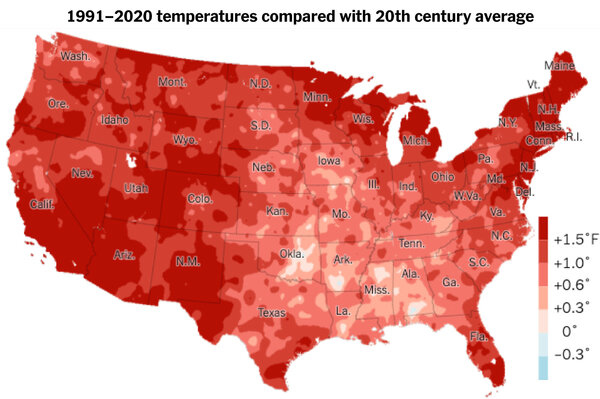
What about
return on investment?
Fire Drones perform their task
day and night, 365 days a year.
When there is a call to action, they mass, fly and get to work. Except for routine maintenance, repair and inspection, they're tirelessly on the front line and on the job.
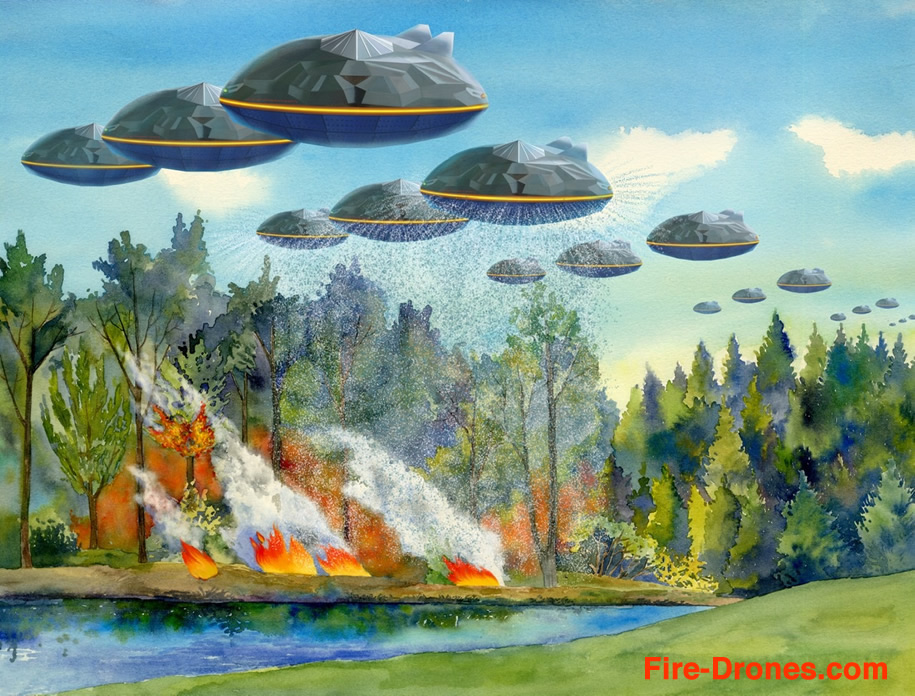
_____________________________________
Fighting fires is an expensive business. That's true of aircraft and Fire Drones.
Building out a global Fire Drone armada will be costly. However, we do have an effective model for their deployment active today, and certainly one which will continue to be on the job in years to come: a fleet of helicopters, prop planes, air tankers, jet aircraft— and thousands of fearless professional pilots, crews and ground support / maintenance teams.
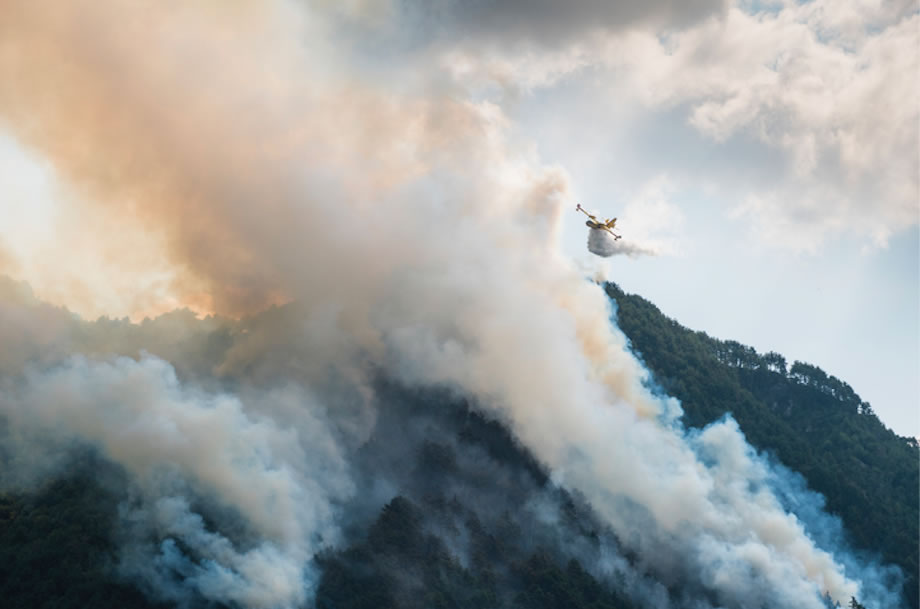 Airplane Water Drop Airplane Water Drop
Airborne tech is now and has always been expensive. The purchase cost of fire-fighting aircraft is in the millions of dollars each.
HELICOPTER INDUSTRY
US$ operational costs for aircraft such as the AirCrane, the CH-47D, the CH-54B, and the Boeing Vertol 234 are about $24,000 base
rate per day, plus $7,500 additional per hour.
That data is from 2016, and the costs may
be considerably higher today, especially considering the proliferation and wider geographic extent of today's wildfire carnage.
So too will the costs of operating sufficient numbers of Fire Drones.
In order to be effective, MegaScale Fire Drones will have to be produced in the hundreds of thousands in order to cover all continents,
and, of course, the thawing northern tundra.
MegaScale Fire Drones will relieve aircraft from certain types of nascent fires— the ones that computer models indicate won't yield to a ground and aircraft assault on the fire zone.
That could happen when there is insufficent airborne water-power to extinguish the blaze; or, too many fires are happening at one time and the available aircraft are spread too thin; or, the fire is inaccessible by ground crews, and aircraft power by itself might be deemed inadequate to control huge firestorms.
Aircraft technology and ground assault alone are now simply no match for the size, power, and all-important rate of spread of today's out-of-control wildfires and ever larger firestorms.
The current fleet of fire-fighting aircraft and armies of ground crews will all become more effective as they partner with Fire Drones in efficiently engaging the coming ominous larger wildfires and firestorms.
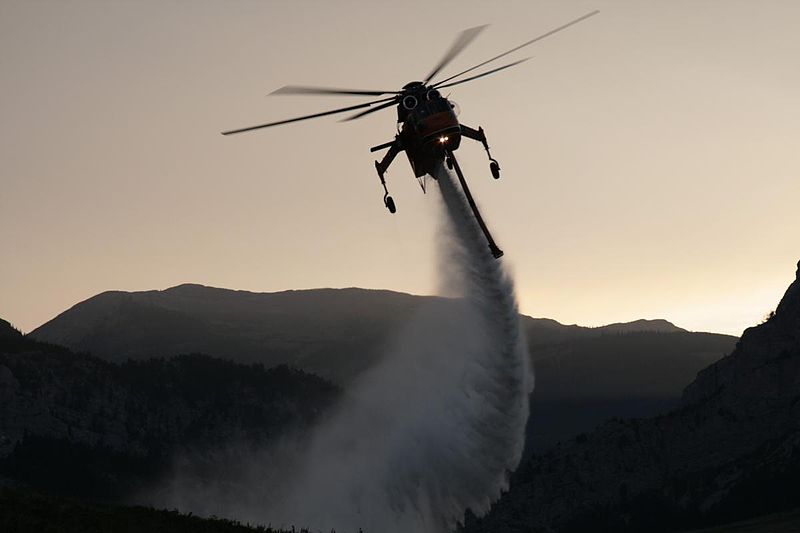
Helicopter Water Drop Public Domain Image
How do Fire Drones differ from current aerial wildfire fighting methods?
Current wildfire fighting technology
relies on ground and air attack.
That air attack—utilizing helicopters and aircraft features a noteworthy and
effective track record of service.
A warming atmosphere, however, has now radically altered those dynamics.
Human-piloted aircraft and ground crews alone are unable to attack fast enough and in sufficient numbers to win the battle against many of the ever larger wildfires and explosive Firestorms, and that's when Fire Drones can arrive and get to work to assist with the effort.
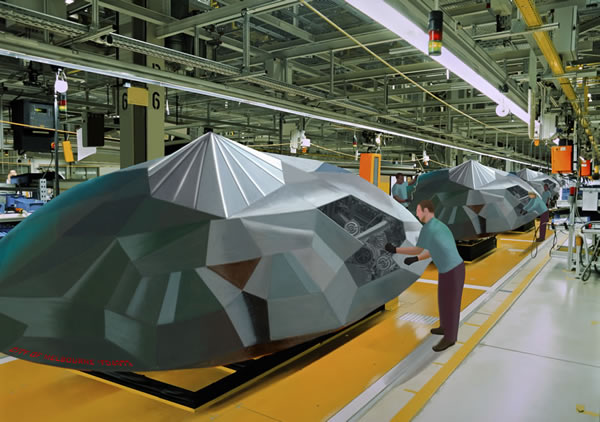
MegaScale Fire Drones
will be mass produced globally.
Every wildfire will receive hundreds of water-heavy Fire Drones in any location in the fastest time frame possible. They will not require human pilots, and that removes an entire layer of cost, risk and complexity from the system.
Fire Drones have no exposed rotors, and can fly into a forest—not just above it. Fire Drones can take risks that helicopters can't—as there are no humans aboard. Fire Drones can be deployed in remote areas—like the northern tundra—where human pilots would be scarce.
Fire drones, like the forests they are sworn to protect, are easily scaled up.
To think in terms of scale is one of the factors which separates Fire Drones and forests from nonscalable climate proposals. Fire Drone production and implementation, based on the principle of scaling up to whatever number of units is required, might actually halt worldwide forest wildfire decimation in its tracks.

A Fire Drone racing to a wildfire At 180 MPH.
Like Tesla's brilliant system of updating automobile efficiency through automatic updates and downloads, so too will Fire Drones have hundreds of technicians creating valuable code improvements and disseminating them.
Transitioning away from fossil fuels is beginning to make a difference right now.
In 2019, emissions caused by our energy usage were flat. For the first time in a long time—and before the pandemic—we had evidence that transitioning away from coal and other anthropogenic fossil fuel energy sources was having a significant impact.
That's good news. It demonstrates
that what a global society does
clearly makes a difference. IEA
That does not mean that the CO2 load in the atmosphere is decreasing.
All of our burning—whether from homes, cars, factories, or our looming yearly increase in firestorm frequency, lengthening season, and geographic range—will continue to add to the CO2 that's already up there in the sky.
Fire Storms alone present the likely possibility that the welcome lower levels of atmospheric CO2 introduction seen in recent years are about to appear as a temporary blip, as increased CO2 levels come roaring back.
Please consider this important concept:
If we allow the world's forests to be destroyed, we will have crossed the point of no return.
Knowing that, you also probably know you'll have to raise your voice and demand action.
|
Our climate is growing warmer,
and forests are drier than ever before.
Today's wildfires occur with greater frequency, are more powerful, spread further, destroy more habitats and burn longer than any in the last 12,000 years.
Similar to a raging Category 5 hurricane,
they destroy everything in their path...

In addition to rising temperatures, winters are shorter and milder, resulting in much less water runoff from mountainous higher elevations, which creates drier soil and vegetation—conditions more conducive to ignition. Shorter winters favor invasive insects, which further impact a once robust forest's resilience. FOREST SERVICE - US FEDERAL GOVT.
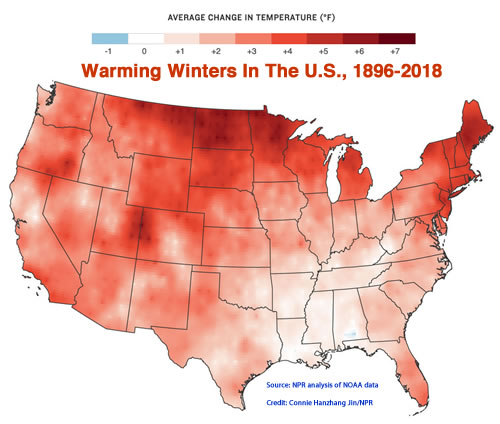
Warming Winters In The U.S., 1896-2018
- The annual rate of increase in atmospheric Carbon Dioxide over the past 60 years is about 100 times faster than previous natural increases, such as those that occurred at the end of the last ice age 11,000-17,000 years ago.
- The ocean has absorbed enough Carbon Dioxide to lower its pH by 0.1 units, a 30% increase in acidity. US CLIMATE.GOV
Every forest fire acts like the flue in a home fireplace. As the intense heat rises, surrounding air is sucked into the vortex.
This creates violent lateral wind drafts
which further exacerbate the conflagration.
These winds can be 10 times stronger than what would be considered normal. With warmer temperatures, and dryer forests, this devastating vicious cycle is more potent and prevalent than ever. SCIENCE - HOW STUFF WORKS
Pristine forests, tens of thousands of species of plants and animals, habitats, homes and towns, are decimated. Many plants and animals face extinction from wildfires alone.
NY TIMES
Australia, Brazil, Canada, the European Union, Russia, the United States, and other nations and fire-prone regions in the world are reeling from the extreme cost of fighting firestorms.
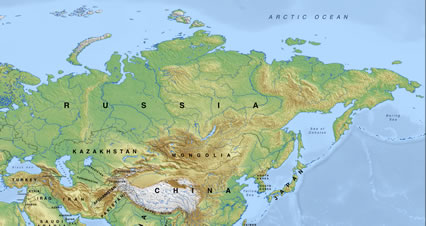
45% of Russia's territory is forest,
and
much of it is remote and inaccessible.
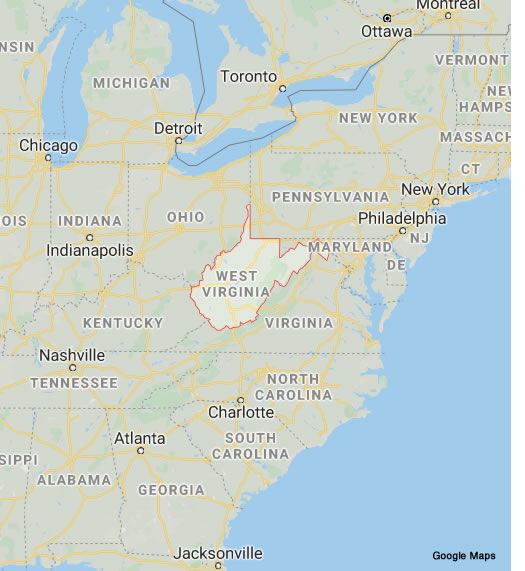
Greenpeace reports that nearly 21,000 square miles of Russian forest burned in 2019—just slightly less than the area of the entire US state of West Virginia.
21,000 square miles equals 13,440,000 acres. GREENPEACE
Russian authorities dispute these figures.
Perspective on how enormous an area that is: Manhattan is just 23 square miles.

Fire prone regions blanketed Russian cities in smoke for days at a time. Russia is poised to be an area with much to lose as their forests burn, with every coming year consuming larger areas. Concurrent with that, untold amounts of CO2 have been and will continue to be released — all of which will drastically accelerate everyone's global warming.
In 2017, the expenditure for fighting forest fires in the US was US$ 2.9 billion; the insurance claims totaled $10.4 billion.
In 2018, the California CampFire blaze alone caused a staggering $16.5 billion in damage, with total economic losses in the state approaching $400 billion. ACCUWEATHER
"The biggest reason for the cost increase is that fires are getting bigger. As of November 24, 2017, the average size was almost 175 acres. The prior record, in 2015, was slightly more than 140 acres. Before 2005, fires burned less than 100 acres." THE BALANCE
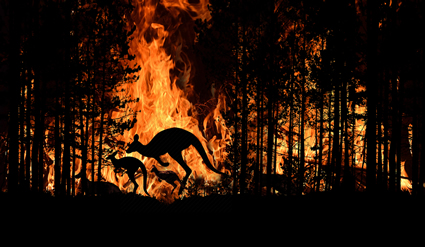
The shocking 2019 fires in Australia are historically unprecedented. They covered the largest area ever recorded, and were three times the size of the largest California fire. This fire has been linked to Climate Change. SCIENCE NEWS
Hundreds of Australia's unique species of animals have become extinct, and sadly many more face extinction, as a direct consequence of this unrivaled inferno. SCIENCE NEWS
The California fires of 2020 are the largest and most devastating ever recorded in the USA.
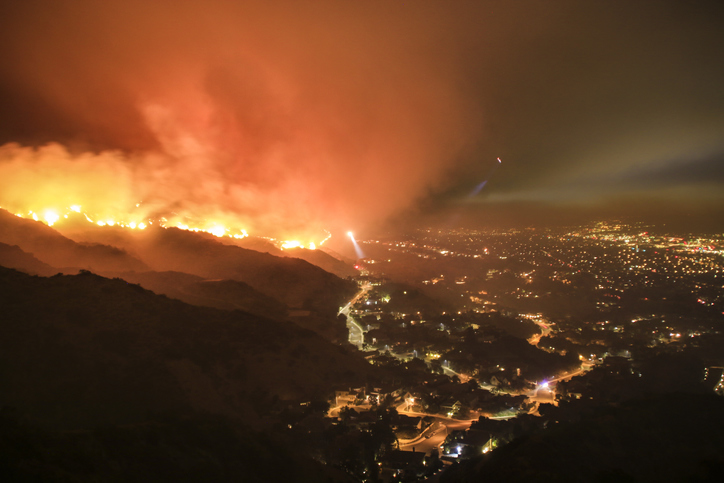
California is on fire. 2020
"California is on fire. Almost 2.5 million acres of land have burned there so far this year—nearly 20 times what had burned at this time last year—and the wildfire season is far from over." Sept. 9th, 2020 NY TIMES
"As of the end of the year [2020], nearly 10,000 fires had burned over 4.2 million acres, more than 4% of the state's roughly 100 million acres of land, making 2020 the largest wildfire season recorded in California's modern history." FIRE CA GOV
With rising temperatures, these stats can only trend higher with every passing year. US NEWS
California's famed Redwoods—the tallest trees in the world, and its majestic Sequoias—the largest trees on Earth by volume—suffered significant damage.
Redwoods are somewhere in the range of 800 to 1500 years old. Approximately 10% of them burned in 2020, taking with them habitat for millions of plants and animals, killing countless numbers of those animals, and laying waste to an entire ecosystem.
Without MegaScale Fire Drones to stop these fires cold, the years ahead will be perilously much worse. If the only job Fire Drones had was to save these particular forests, it would be worth our earnest concern and investment.
A Fire Drone umbrella will stop Redwoods and Sequoias from becoming extinct.

Image by Waldkunst from Pixabay • "Redwoods In The Mist"
Fighting fires with the combined efforts of current tech blended with Fire Drone systems can meet the challenge.
The past few years have abundantly demonstrated that the rate and ferocity of wildfires, floods, hurricanes and tornadoes is greater than anyone anticipated.
We would be foolish if we did not extrapolate that the coming years will be even more hellacious. Among Climate Emergency issues, the explosion of wildfire intensity, range and extended season may be one of several important challenges to face head on.
Fire Drones partnering with conventional water-drop aircraft and ground crews could be the future of fighting forest and tundra fires.
Within just a few years, with concerted effort, hundreds of thousands of efficient and powerful Fire Drones could be mass-produced.
Thousands of base stations can be constructed all over the world at a timely and rapid rate.
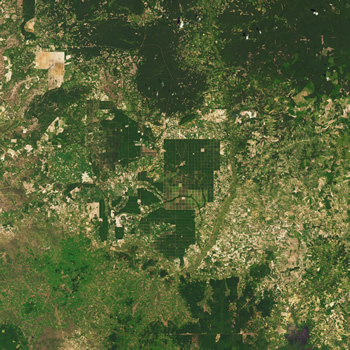
The dark green areas at the top and bottom of this Cambodian
city represent all that is left of a once pristine forest. NASA PHOTO
Forests are being decimated all over the world. Forests are what will save us.
They protect us in a myriad of ways.
But, they can't protect us if they
are all burned to the ground.
Seen on a granular level from space the patches of area where forest used to be—and are now replaced with a palm oil plantation or feedlot or citification—is startling. This tragedy is mushrooming all over the world.
NATIONAL GEOGRAPHIC
Some consider our forested lands' decimation by fire unfortunate, but they don't feel it will affect them. What they don't know is that our forested lands are the main event. Their preservation and dedicated care are Number One on the list of tasks we must accomplish to prevent a climate armageddon.
Should we fail at that challenge, our atmosphere might burn through so much of our planetary Oxygen, that breathing... yes, your ordinary daily BREATHING... might be insufficient to us all, and it will seal our fate with no recourse possible.
And as a corollary, consider that once a forest has burned, its capacity to absorb Carbon Dioxide / CO2 greatly diminished.
With MegaScale Fire Drone tech brought to scale, and a commitment made to its constant improvement, the initial investment and ongoing costs will be well-justified.
Regarding Climate Change caused by forest, prairie and tundra wildfires, Fire Drones are a dynamic solution worthy of investigation.
A global Fire Drone network will preserve the beneficial natural sequestration of CO2 by forests and tundra, and reduce the rate at which Earth's atmosphere is warming.
____________________________________
Sea level rise is now happening faster than ever. Forest preservation by Fire Drones could slam the brakes on that dynamic by prevention of CO2 release.
"Global mean sea level has risen about 8–9 inches (21–24 centimeters) since 1880, with about a third of that coming in just the last two and a half decades. The rising water level is mostly due to a combination of meltwater from glaciers and ice sheets and thermal expansion of seawater as it warms." CLIMATE
If MegaScale Fire Drones prove to be a viable technology, then so many of the "best case" scenarios can be updated: they can be made much better. For example, the current "best case" scenario of the Paris Agreement will still see at least a 2 meter rise in sea levels.
Due to the scalable nature of Fire Drones, it becomes only a matter of political will from an informed citizenry, a focused prototype effort, intense production commitments, followed by rapid worldwide deployment to scale that may significantly lower that 2 meter prediction. SCIENCE NEWS

Image by Joshua Woroniecki from Pixabay
|
|
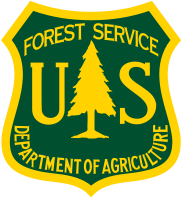 |
"Wildfire in western U.S. federally managed forests has increased substantially in recent decades, with large (>1000 acre) fires in the decade through 2012 over five times as frequent (450% increase) and burned area over ten times as great (930% increase) as the 1970s and early 1980s. These changes are closely linked to increased temperatures and a greater frequency and intensity of drought."
United States Dept. of Agriculture - Forest Service - 2014
FOREST SERVICE PUBLICATIONS |
|
|
|
 |
"An international research team, led by Jean-Francois Bastin
of ETH-Zurich in Switzerland, used direct measurements of
forest cover around the world to create a model for
estimating Earth’s forest restoration potential...
|
They found Earth’s ecosystems could support another 900 million hectares
(2.2 billion acres) of forests, 25 percent more forested area than we have now.
By planting more than a half trillion trees, the authors say, we could capture about 205 gigatons of Carbon (a gigaton is 1 billion metric tons), reducing atmospheric Carbon by about 25 percent.
That’s enough to negate about 20 years of human-produced Carbon emissions at the current rate, or about half of all Carbon emitted by humans since 1960. The study attracted worldwide attention, as well as some criticism within the science community." NASA - NOVEMBER 2019 |
|
|
|
The extreme cost of wildfires to your health.
NOAA • United States • National Oceanic and Atmospheric Administration
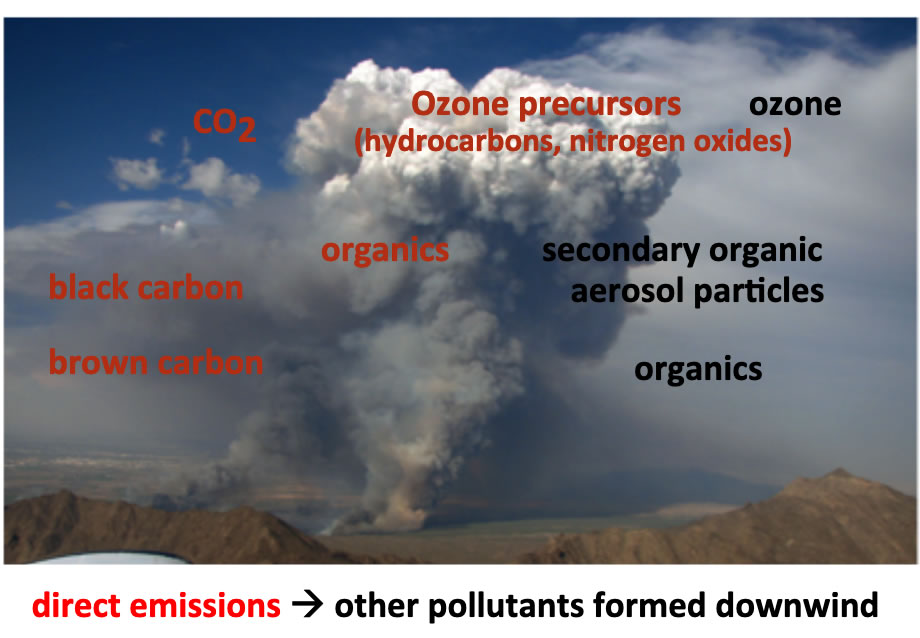
direct emissions • other pollutants formed downwind. NOAA image and tags. National Oceanic and Atmospheric Administration CO2, Ozone Precursors (hydroCarbons, nitrogen oxides.) Ozone, Black Carbon, Brown Carbon, Secondary Organic Aerosol Particles.
"NOAA’s Policy is to provide relevant research to address the issue.
The ESRL (Earth System Research Laboratory) Chemical Sciences Division is leading the FIREX multiyear experiment, which includes laboratory, field, and modeling research.
The effort culminated in an extensive field study during the peak fire season of 2019
using a chemically instrumented NOAA research aircraft to measure trace gases
and particles." ESRL NOAA
____________________________
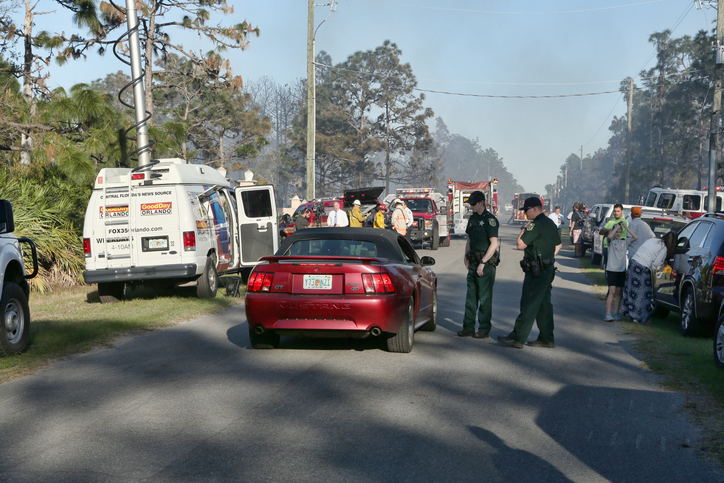
"Breathing wildfire smoke is linked to a whole host of major health problems, such as respiratory infections, cardiac arrest, lung cancer, stroke, low birth weight, mental health conditions, and exacerbated asthma and chronic obstructive pulmonary disease.
The more scientists study this air pollutant,
the more health risks they discover."
NRDC - NATURAL RESOURCES DEFENSE COUNCIL
|
"Smoke from wildfires contains
volatile and semi-volatile organic compounds and nitrogen oxides
that form ozone and organic
particulates
and other toxic
pollutants – all of which can be dangerous
and even deadly
for sensitive populations."
ESRL NOAA
Current and ongoing research by NOAA spells out the danger that wildfire pollutants pose to trees, plants, animals — and you.

United States of America - Department of Commerce
"The range and payload of NOAA’s WP-3D aircraft are essential to simultaneously study wildfire emissions and downwind aging, and to carry the suite of gas phase and aerosol particle measurements needed to quantify climate and air quality impacts."
ESRL NOAA
Forest fires have always emitted harmful pollutants. What makes the threat to public health so much greater today is the increased range, intensity and frequency of wildfires. NATIONAL GEOGRAPHIC
Robust forests—and the expansion of their range—aid in the prevention of pandemics. Scientists have stated that... "Reducing tropical deforestation and limiting the wildlife trade might be cost-effective ways of stopping pandemics before they start." SCIENCE NEWS
The cost of forest fires is measured not only in in terms of acres burned and expenditures for abatement and control. There is also the cost in human misery—property destroyed, neighborhoods burned to ashes, and neighbors maimed, poisoned and killed.
EPA • SCIENCE DIRECT
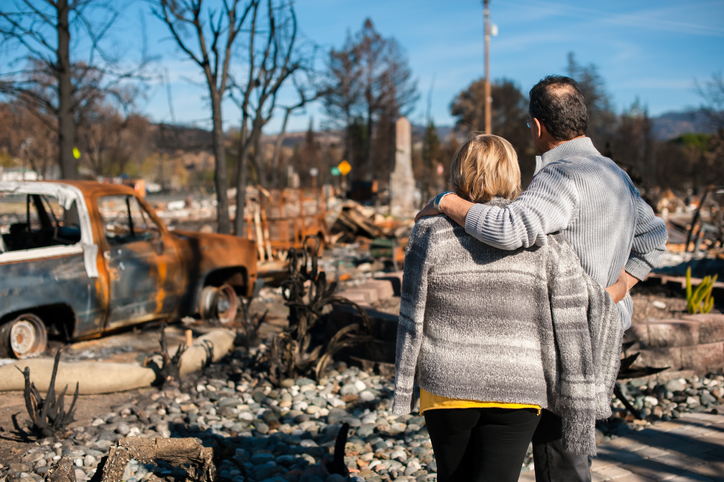
When mulling over that big question...
Stop wildfire proliferation at what cost?
...consider that whatever the proposed remedy, it will only cost a lot more down the road the longer we delay its implementation. |
|
|
|
What you can't see is just as deadly as what you can.
| The poster child for Carbon Dioxide release—as well as other Greenhouse Gases—is always the intimidating smokestack. It's a standard meme that goes back all the way to the start of the Industrial Revolution. |
Back then they didn't have names for the pollutants streaming out of those sky-nozzles—but they knew it wasn't good.
Soot accumulated everywhere, Black Lung and other respiratory ailments took their toll not only among factory workers and miners, but also on the inhabitants in close proximity to the source.
While progress was made insofar as unfettered pollution is concerned—and the effluence is undeniably cleaner—it is arguably much worse as far as ongoing and unseen CO2 release is concerned. |
|
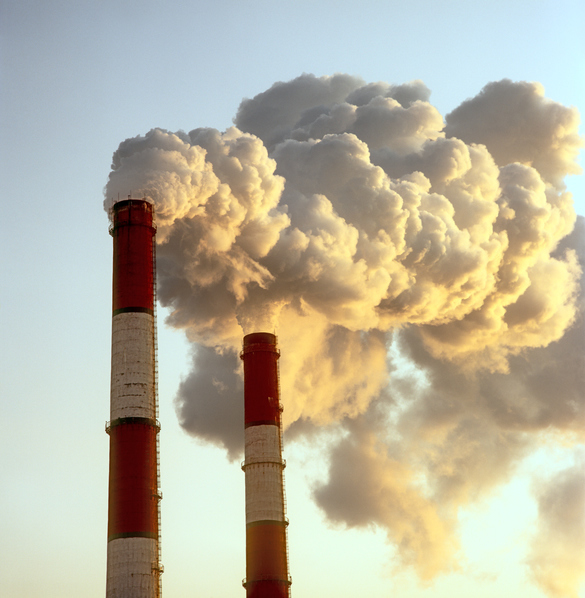
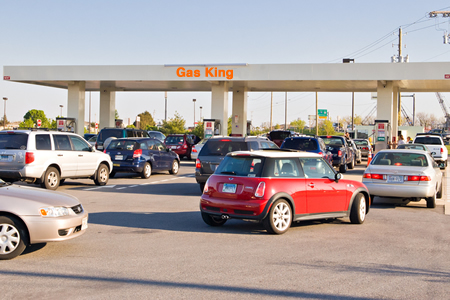

Please Note: The image directly above may not be used for commercial, promotional, advertorial or
endorsement purposes.
Forgive the repetition in this presentation. In the same way you learn to drive, in the same way you practice your piano lessons, in the same way you want to make a difference but you're not sure how, repetition is truly the mother of skill when seeking to grasp the enormity of Global Scorching. |
|
Regarding our perception, almost nothing has changed regarding atmospheric pollution since the start of the Industrial Revolution in 1760.
Our contemporary smokestacks
still bear the brunt of our scorn.
Today, the development of cleaner fuels—especially for cars, trucks and buses—has taken our attention off of our vehicles and the existential danger they present.
And the corollary is that the more excess CO2 that is realeased into the sky, the more Methane will be released in the vast Northern Tundra.
That remote part of our planet covers about 20% of our globe's land area. Just twenty years ago, there was little concern for what sort of nascent and dangerous conditions might've been brewing.
Today, however, climate scientists are racing to understand the changes taking place at the North Pole, and what remedies we will need to employ to save Planet Earth from destruction.
Yes... the North Pole is now the zone scientists are watching.. and discussing what we might do about it, and just how fast we actually can do it.
If you take away anything from this presentation, it is that the Greenhouse Gas emissions—Carbon Dioxide and Methane—from the Tundra, from our vehicles, from our homes and city buildings, from our ships at sea, and from our high-flying commercial and military jet aircraft all have unwittingly in mind the end of our very civilization within just a very few years.
++++++++++++++++++++++++
< Practice seeing non-Green
cars for what they are:
Dangerous CO2 emitters that in their global aggregate are among the worst and most prolific pollution source on Earth.
And... consider learning all you can regarding all the sources of human-generated CO2. Those sources cause our atmosphere to get hotter every single day... and it causes the Permafrost at the North Pole to melt... which then opens the door to an uncontrollable Methane release.
Reversing course is of the essence. Let's not be that ostrich which put its head in the sand. Let's not be the person that hopes someone else will fix the issue.
Let's not be the planet that allowed its children to perish due to an unremitting and daily burgeoning heat.
|
|
|
E Q U A T I C
A new carbon removal plant will
absorb Carbon Dioxide 99,000
times faster than Earth's oceans.
Jun 26, 2024, 11:54 AM EDT
The oceans absorb billions of tons
of carbon dioxide from the atmosphere.
The world would be a lot warmer without them.
IMAGE ABOVE: mihtiander/Getty Images |
-
-
The project will be North America's first
commercial-scale CDR plant,
scheduled to go online by 2027.
-
Many questions remain over CDR's
environmental and economic impact.
|
"The oceans are our planet's largest carbon sink, naturally absorbing about 25% of the carbon dioxide that humans emit. Carbon dioxide removal (CDR) companies like Equatic are trying to harness that natural process to absorb even more."
"We take what the ocean does already and amplify that." Edward Sanders, COO at Equatic, told Business Insider.
"On June 18, Equatic announced it started engineering designs for the world's first commercial-scale, ocean-based CDR plant, Sanders said. The plant could remove carbon dioxide at a rate that's 99,000 times as fast as the oceans."
PLEASE CLICK HERE TO FIND OUT MUCH MORE ABOUT THIS
GREAT ENDEAVOR BY CLICKING THIS
BUSINESS INSIDER LINK:
https://www.businessinsider.com/carbon-dioxide-removal-plant-equatic-commercial-scale-north-america-2024-6 |
|
|
|
|
|
A promising new technology can now split Methane (CH4) into CO2.
At first hearing that sounds like bringing the proverbial gift of ice in the winter.
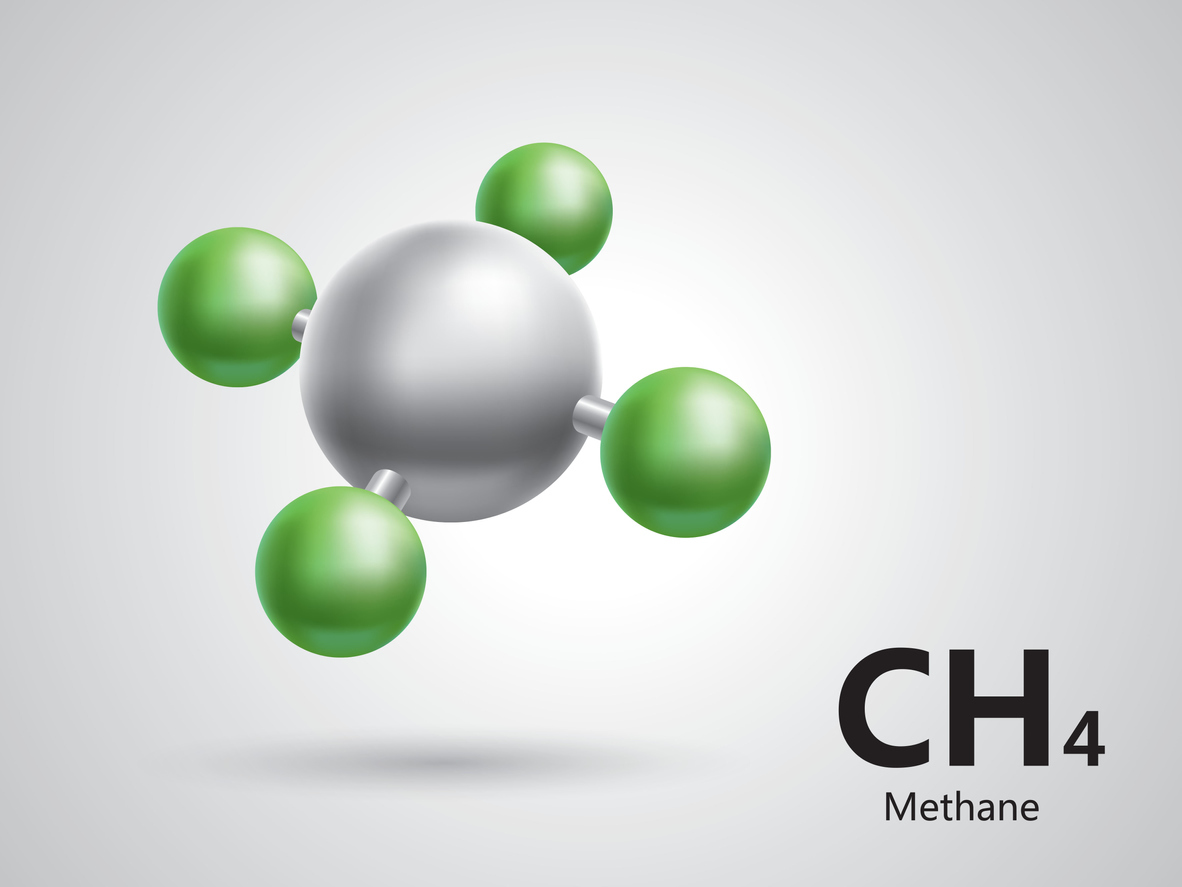 Yet, it does in fact make perfect sense. Methane is a much more potent greenhouse gas than CO2, making the transformation both practical and beneficial. Yet, it does in fact make perfect sense. Methane is a much more potent greenhouse gas than CO2, making the transformation both practical and beneficial.
You would go from a Greenhouse Gas that is awful, to one that is just bad.
The world today is focused on what we might be able to do to reduce CO2 emissions, and what we can do to pull CO2 out of the sky and lock it away.
If you have a reliable method to capture CO2 (and we think we do; read about it on Page Five), then scaling up a splitting process for Methane would have us reversing the threat of the two most dangerous Greenhouse Gases all at once.
Detailed info about splitting Methane into CO2 here: POPSI
|
|
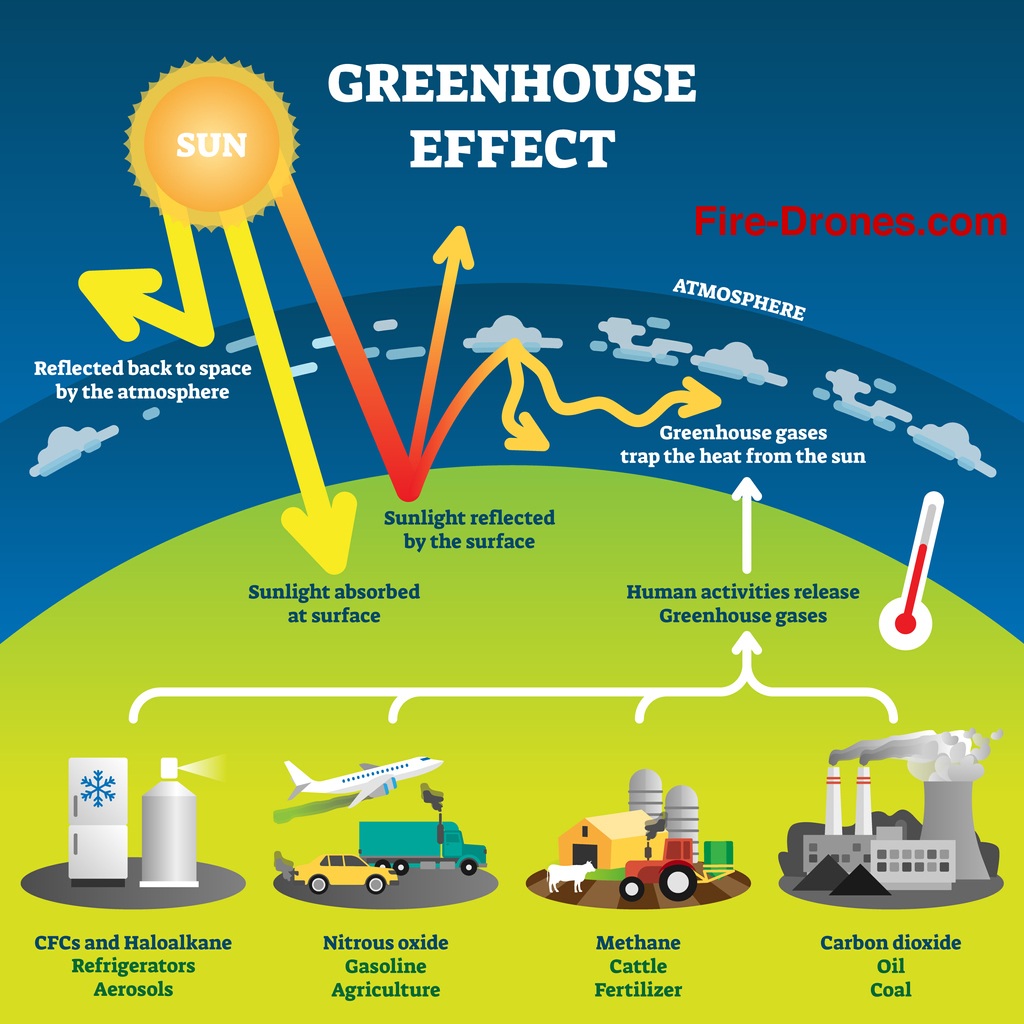 The Greenhouse Effect, Sun, Reflected back to space by the atmosphere, Greenhouse gases trap the heat from the sun, Sunlight absorbed at surface, Sunlight reflected at surface, Human activities release Greenhouse gases, CFC's and Haloalkane - Refrigerators, Aerosols. Nitrous Oxide - Gasoline, Agriculture. Methane - Cattle, Fertilizer. Carbon Dioxide - Oil and Coal.
The Greenhouse Effect, Sun, Reflected back to space by the atmosphere, Greenhouse gases trap the heat from the sun, Sunlight absorbed at surface, Sunlight reflected at surface, Human activities release Greenhouse gases, CFC's and Haloalkane - Refrigerators, Aerosols. Nitrous Oxide - Gasoline, Agriculture. Methane - Cattle, Fertilizer. Carbon Dioxide - Oil and Coal. |
|
Greenhouse gases make up a tiny fraction of the earth's atmosphere, yet they punch way above their weight by maintaining an equilibrium in moderating the sky's heat balance. Without gases such as CO2, Ozone, Nitrogen and Nitrous Oxide keeping heat from escaping to space, our planet would be unpleasantly cold just about everywhere.
The problem comes in when these gases—produced in large quantities by our modern industrialized and fossil-fuel economy—proliferate way more than nature intended. The result of that proliferation is an unsustainable warming curve. That warming is the basis for the existential Climate Emergency we find ourselves in today. NASA.GOV |
|
|
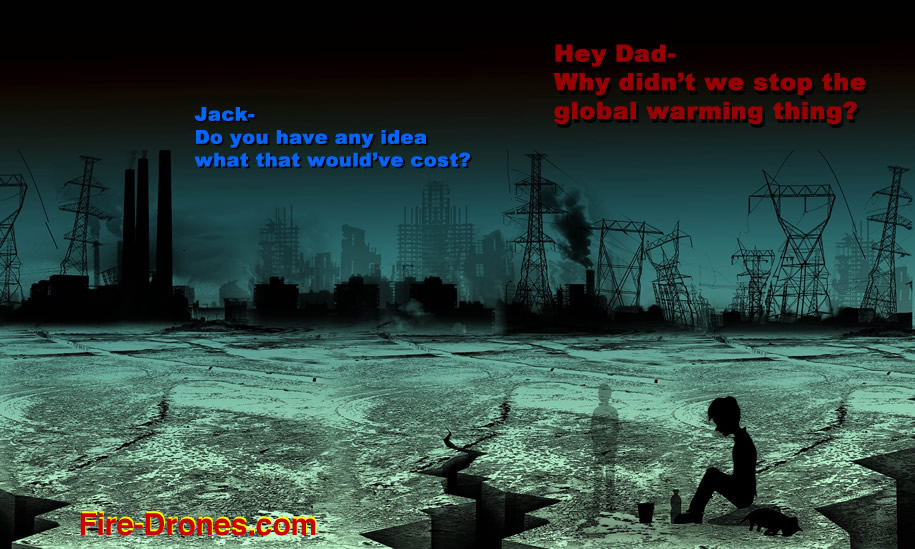 Hey Dad- Why didn't we stop the global warming thing? Jack- Do you have any idea what that would've cost?
Hey Dad- Why didn't we stop the global warming thing? Jack- Do you have any idea what that would've cost?
Image by icheinfach from Pixabay (Overall apocalyptic tableau) and Image by Pintera Studio from Pixabay (Silhouette of Jack and his fading Dad).
Dark comedy by Warren Selinger.
|
|
|
|

You received this Climate Emergency presentation by virtue of a friend, family member, teacher or colleague who thought it worth your time to explore.
If you feel the same way—that the climate solutions outlined here might be useful—please copy this address and send it to those in your circle who you feel may be interested.
https://Fire-Drones.com
Share this presentation with Facebook friends, and on similar platforms.
Thank you for taking the time.
|
|
Today. Tomorrow. |
|
|
|
|

Please consider sharing this website with all those in your circle
whom you feel may be interested or might gain value from.
|
|
|
|
|
|
|
|
|
|
|
 |